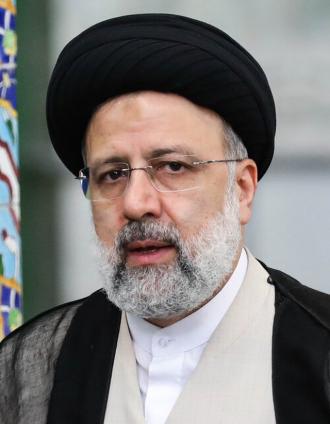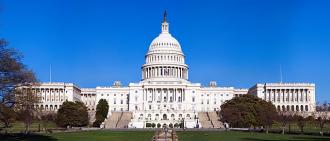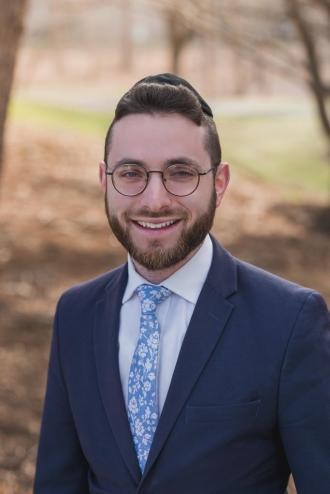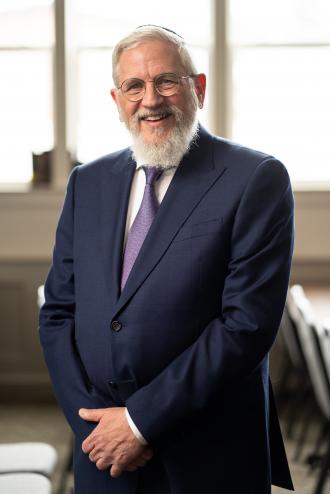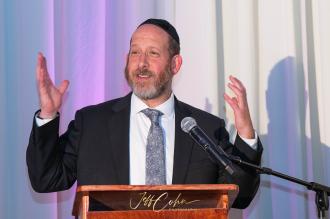SEOUL, South Korea (AP) — During the 70 years that the Kim family has ruled, North Korea's 30-plus massive military parades have been used as much for propaganda, intimidation and internal unity as for commemorating important anniversaries.
A look at how the parades have evolved ahead of another march on Sunday, the 70th anniversary of the founding of North Korea's authoritarian government:
___
KIM IL SUNG (1948-1994)
Kim Il Sung, a former guerrilla who gained fame battling Japan's colonial rule, established the Democratic People's Republic of Korea on Sept. 9, 1948. The North's first military parade occurred seven months earlier, on Feb. 8, 1948, when the country was under Soviet control. The parade at a Pyongyang train station plaza drew Soviet generals and about 20,000 North Korean soldiers wearing Soviet-style insignia. Kim Il Sung, then 35, delivered a speech and repeatedly cheered on his military and fellow dictator Joseph Stalin.
On Aug. 15, 1949, Kim held a military parade at the same plaza to mark the anniversary of the 1945 liberation of the Korean Peninsula from Japanese occupation. The next year, he launched a sneak attack on South Korea that started a three-year war. Parades stopped during the bloodshed.
Less than a month after the war ended with an armistice in July 1953, Kim staged another military parade on the liberation anniversary. He then conducted parades every year until 1960, all on Aug. 15, in a bid to boost internal solidarity and control during a series of executions and purges of his political rivals. These parades happened at the square in Pyongyang named after him.
From the 1960s to 1980s, he held only three parades as he cemented his grip on power.
___
KIM JONG IL (1994-2011)
Kim Il Sung's son, Kim Jong Il, took power after his father died in July 1994. But even before this, Kim Jong Il had been sharing power with his father. He was anointed heir apparent in 1973. In 1991, the younger Kim was made the supreme commander of the North's Korean People's Army, the backbone of his family's authoritarian rule.
In 1992, Kim Jong Il attended and reviewed a parade marking the army's founding from an elevated veranda along with his father. In a high-pitched voice, the younger Kim briefly shouted to soldiers and residents gathered at Kim Il Sung Plaza, "Glory to the heroic Korean People's Army soldiers!" It was the first chance for outsiders to hear his voice, something that wasn't repeated until 2000 when his conversation with visiting South Korean President Kim Dae-jung was broadcast.
From 1993 to 2011, North Korea held a dozen big military parades featuring goose-steppers, tanks and trucks loaded with rockets and missiles. The increase in big parades over the previous two decades came as Kim Jong Il initiated his trademark "military-first policy" while grappling with an international standoff over his nuclear ambitions and a famine that killed hundreds of thousands in the 1990s.
Kim Jong Il died in December 2011, and his son Kim Jong Un inherited his power.
___
KIM JONG UN (2011-present)
Previously little known to the outside world, Kim Jong Un made his public debut at a military parade in October 2010, standing next to his gaunt-looking father on an observation platform. Kim, then 26, had a striking resemblance to his late grandfather, Kim Il Sung. He smiled, clapped and waved his hands as goose-stepping soldiers, tanks and long-range missiles rolled past.
The parade was carried live by state TV for the first time, allowing North Koreans and the rest of the world to have a good look at the future leader.
In April 2012, Kim made his first televised speech during a military parade marking the 100th birthday of his grandfather. In the speech, Kim said he would strengthen his father's "military-first" policy.
During his nearly seven years of rule, Kim Jong Un has conducted six big parades, introducing a series of intermediate- and long-range ballistic missiles that he eventually test-launched in defiance of U.N. resolutions. The display of such sophisticated missiles shows Kim is confident about his military's strength, or he may be trying to use them as leverage in negotiations with the United States, experts say.
After three intercontinental ballistic missile launches and a powerful nuclear test last year, Kim said his country had finally gained the ability to attack the entire U.S. mainland with nuclear missiles. If he shows a new ICBM during Sunday's parade, it would likely further complicate relations with the United States amid a stalemate over nuclear diplomacy.





